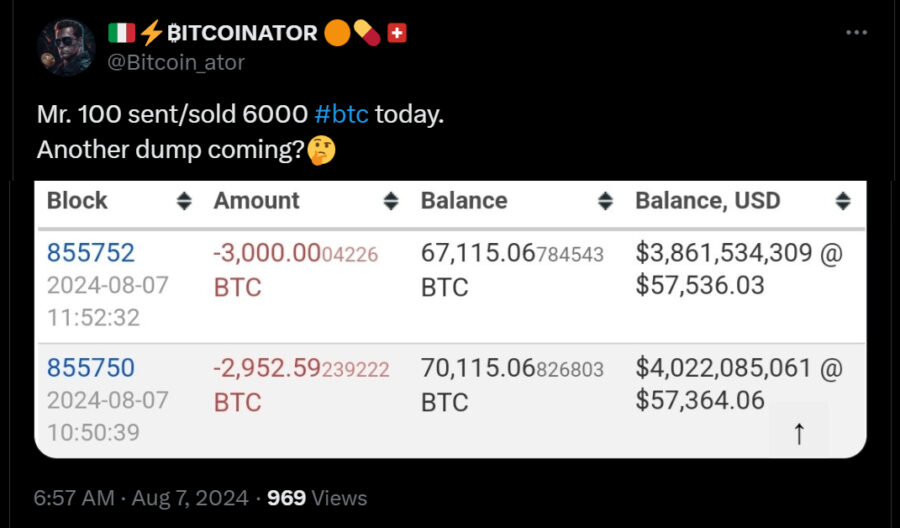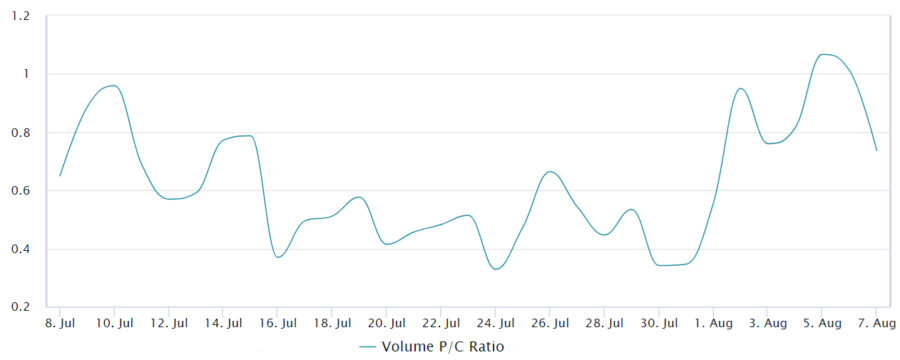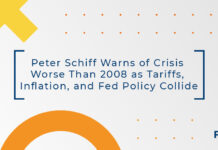Bitcoin price struggles as stablecoin and futures market data show declining confidence among traders.
Bitcoin’s price increased by 5.5% on Aug. 6 yet struggled to maintain levels above $57,000 despite positive momentum in traditional financial markets. On Aug. 7, the Euronext 100 index rose by 2.2% and oil prices surged by 2.8%. This suggests that Bitcoin’s price correction is less about global economic conditions and more about market-specific factors, as derivatives metrics indicate a lack of enthusiasm.
Outflows from spot Bitcoin ETFs and “Mr. 100” triggered turmoil
Some analysts attribute Bitcoin’s weakness to whales reducing their positions after a long period of accumulation, including a notable entity known as “Mr. 100”.

Data from Bitcoinator reveals that the address linked to “Mr. 100” reached a peak balance of 73,067.66 BTC on Aug. 6 after accumulating 3,390 BTC over six days. However, on Aug. 7, two withdrawals totaling 5,952.59 BTC occurred. Some blockchain analytics firms, such as Arkham Intelligence, believe this address belongs to the Korean exchange Upbit, though this is unconfirmed. Regardless, the address is closely watched due to its significant holdings.
The recent outflows from Mr. 100 have triggered alerts, as the last three outflows coincided with local tops. For instance, around 2,020 BTC was withdrawn between July 25 and July 27, when Bitcoin’s price approached $67,500. Similarly, 1,000 BTC was withdrawn on May 22 near Bitcoin’s $70,000 local top. Prior to that, on March 9, another 1,010 BTC was sent while the BTC price was $68,500. These movements suggest that the outflows on Aug. 7 could represent a shift in strategy or indicate that $57,000 is a local top.
Additionally, spot Bitcoin exchange-traded funds (ETFs) in the United States experienced net outflows of $554 million between Aug. 2 and Aug. 6, affecting funds beyond just Grayscale’s GBTC. Thus, even if onchain metrics show whales accumulating below $60,000, investor sentiment, influenced by entities considered “smart money” with a history of accurate market timing, remains cautious.
Bitcoin derivatives and stablecoin flows signal a lack of confidence
To gauge whether Bitcoin’s recent price weakness might persist, one should examine derivatives metrics and stablecoin demand. Retail traders often use perpetual futures, a derivative that tracks spot market prices closely. Exchanges balance risk exposure with an eight-hourly fee known as the funding rate, which becomes positive when buyers demand more leverage and negative when sellers need additional leverage.

Bitcoin’s funding rate has remained below 0.01% for the past couple of weeks, equivalent to 0.9% per month, indicative of neutral markets. Notably, brief periods of negative funding rates were short-lived, suggesting bears are not confident in selling below $60,000.

Options data further confirms the increased temporary demand for downside protection. The put-to-call volume ratio at Deribit neared 1, reflecting balanced demand between call (buy) and put (sell) options. Historically, call options volume is much higher, but the unusual demand for put options caused this shift between Aug. 5 and Aug. 6.
Related: Bitcoin volatility hits 20-month high, traders hedge against further slump
Lastly, examining stablecoin demand in China provides additional insights. Typically, high retail demand for cryptocurrencies causes stablecoins to trade at a premium of 2% or more above the official US dollar rate. Conversely, a discount usually signals fear, with traders eager to exit crypto markets.

On Aug. 7, the premium for China’s USDC Coin stablecoin dropped to 1%, indicating low buying demand. This is a significant shift from Aug. 5 and Aug. 6, when traders paid a 4% premium, likely defending their positions and seizing opportunities following the price crash. In summary, Bitcoin’s path to reclaiming the $57,000 support is challenging, as BTC derivatives metrics and stablecoin demand in China reflect declining confidence.
Source: cointelegraph




